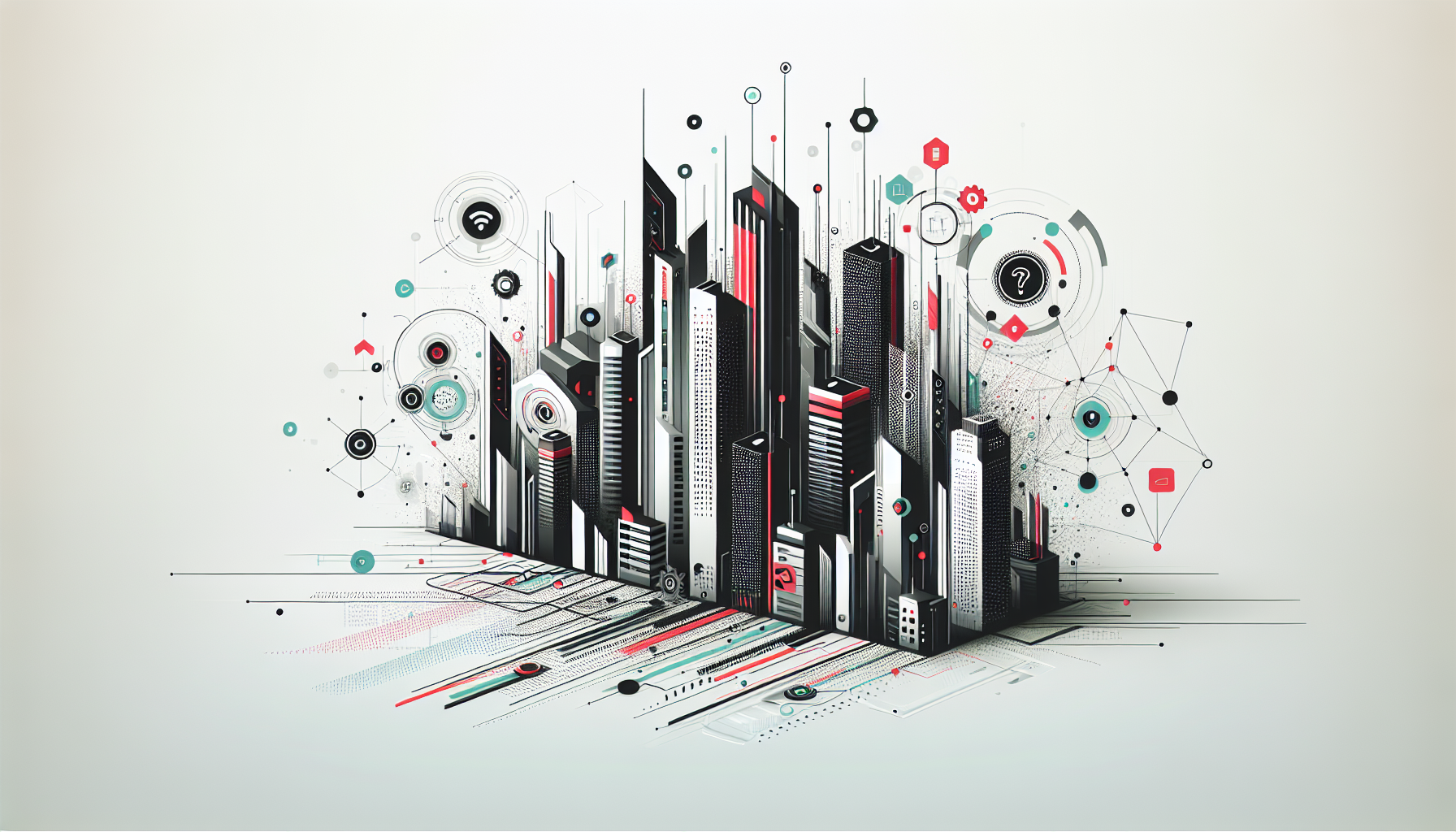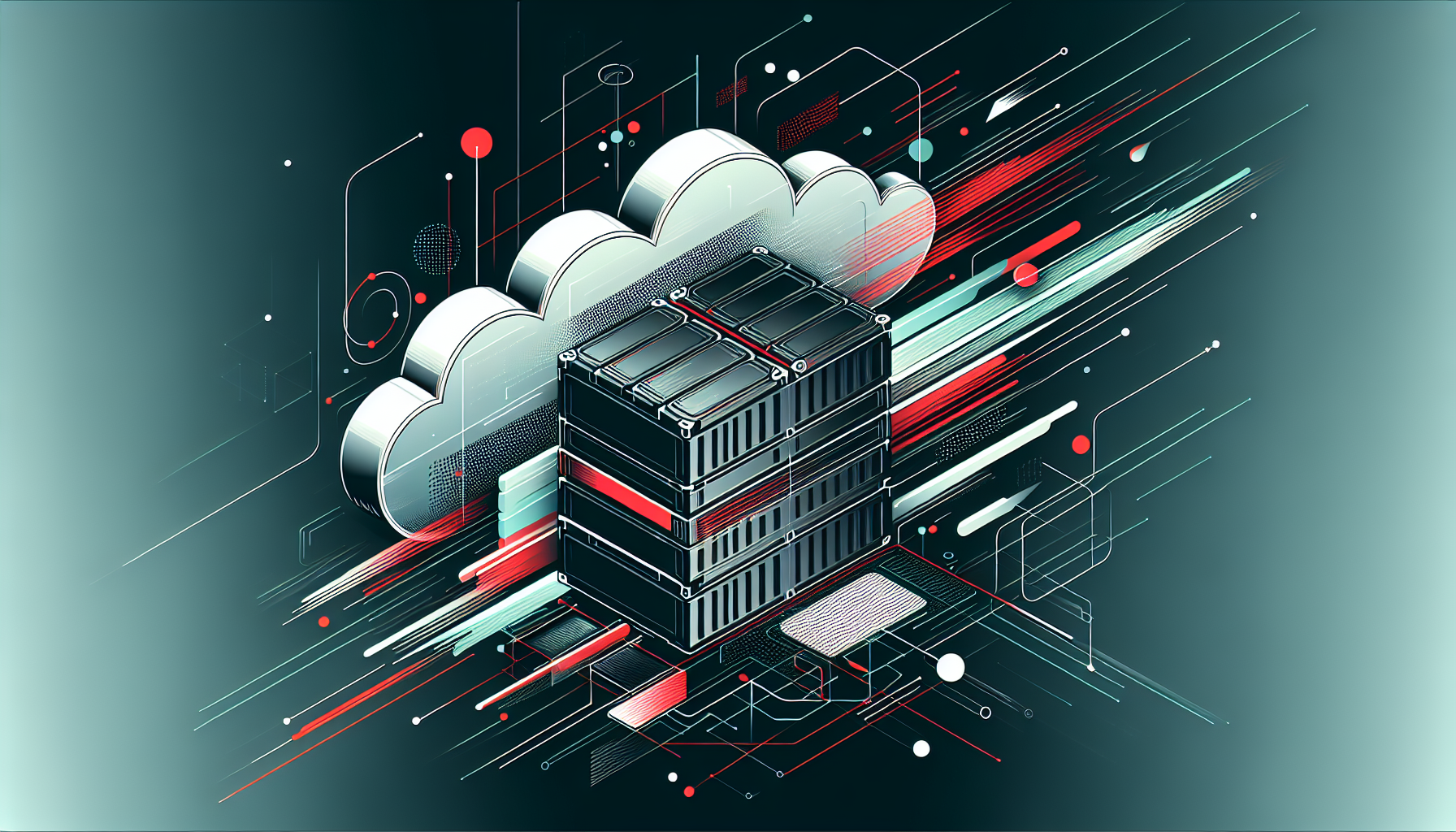Smart Cities and IoT Integration

Smart Cities and IoT Integration
Core Components of a Smart City
| Component | Description | Example Technologies |
|---|---|---|
| Smart Infrastructure | Digital systems for utilities and facilities | IoT sensors, SCADA, BIM |
| Smart Mobility | Connected transport and traffic management | GPS, smart traffic lights |
| Smart Governance | Data-driven public administration | E-government, open data |
| Smart Environment | Real-time monitoring of environmental factors | Air quality sensors, IoT |
| Smart Living | Enhanced quality of life through digital services | Smart healthcare, e-learning |
| Smart Economy | Digital platforms for economic growth and innovation | E-commerce, fintech IoT |
IoT System Architecture in Smart Cities
- Sensing Layer:
- Deploys sensors and actuators for data collection (e.g., temperature, humidity, motion).
-
Example: Smart meters, air quality sensors.
-
Network Layer:
- Transmits data via communication protocols (Wi-Fi, LoRaWAN, NB-IoT).
-
Ensures reliable, low-latency connectivity.
-
Data Processing Layer:
- Aggregates and analyzes data using edge and cloud computing.
-
Supports analytics, pattern recognition, and anomaly detection.
-
Application Layer:
- Provides actionable insights through dashboards, alerts, and automation.
- Enables integration with city management platforms and mobile apps.
Key IoT Applications in Smart Cities
| Application | IoT Use Case Example | Benefits |
|---|---|---|
| Traffic Management | Adaptive traffic lights, congestion maps | Reduced congestion, improved safety |
| Waste Management | Smart bins with fill-level sensors | Optimized collection routes, cost savings |
| Utilities Monitoring | Real-time water/gas/electricity meters | Efficient usage, leak/fault detection |
| Environmental Control | Air/noise pollution monitoring | Early warnings, regulatory compliance |
| Public Safety | Connected surveillance, gunshot detection | Faster emergency response |
| Smart Parking | Availability sensors and mobile apps | Reduced search time, increased revenue |
IoT Protocols for Smart Cities
| Protocol | Use Case | Strengths | Limitations |
|---|---|---|---|
| MQTT | Sensor data transmission | Lightweight, low bandwidth | Security, QoS |
| CoAP | Device-to-device communication | RESTful, efficient | Limited features |
| LoRaWAN | Long-range, low-power networks | Wide coverage, low power | Low data rate |
| NB-IoT | Cellular-based IoT connectivity | Deep indoor, low cost | Operator dependency |
| Zigbee | Building automation | Mesh networking | Shorter range |
MQTT Example (Python):
import paho.mqtt.client as mqtt
broker = 'broker.hivemq.com'
topic = 'smartcity/traffic'
def on_connect(client, userdata, flags, rc):
print("Connected with result code " + str(rc))
client.subscribe(topic)
def on_message(client, userdata, msg):
print(f"{msg.topic} {msg.payload}")
client = mqtt.Client()
client.on_connect = on_connect
client.on_message = on_message
client.connect(broker, 1883, 60)
client.loop_forever()
Data Analytics and Visualization
-
Edge Analytics: Processing data locally to reduce latency and bandwidth.
Example: Traffic camera detects congestion and triggers immediate light changes. -
Cloud Analytics: Aggregating data from multiple sources for city-wide insights.
Example: Long-term air quality trends visualized in city dashboards.
Basic Dashboard Visualization (Python/Plotly):
import plotly.express as px
import pandas as pd
# Sample data (air quality measurements)
df = pd.DataFrame({
"time": ["08:00", "09:00", "10:00"],
"PM2.5": [35, 45, 40]
})
fig = px.line(df, x="time", y="PM2.5", title="PM2.5 Levels Over Time")
fig.show()
Security Considerations
- Device Authentication: Use strong credentials and certificates.
- Data Encryption: Secure data in transit (TLS/SSL) and at rest.
- Regular Firmware Updates: Patch vulnerabilities promptly.
- Network Segmentation: Isolate critical infrastructure from public access.
Integration Challenges and Solutions
| Challenge | Mitigation Strategy |
|---|---|
| Legacy Infrastructure | Use IoT gateways for protocol translation |
| Interoperability | Adopt open standards (e.g., oneM2M, FIWARE) |
| Scalability | Use cloud-native platforms and microservices |
| Data Privacy | Ensure compliance with GDPR, local regulations |
| Power Management | Deploy energy-efficient devices and solar options |
Practical Implementation Steps
- Needs Assessment:
-
Identify city pain points (e.g., traffic, waste, pollution).
-
Pilot Project Selection:
-
Start with scalable, high-impact applications (e.g., smart lighting).
-
Technology Selection:
-
Choose sensors, connectivity, and platforms based on requirements.
-
Deployment:
-
Install devices, configure networks, and integrate with existing systems.
-
Data Integration:
-
Aggregate sensor data through middleware (e.g., Node-RED, Kafka).
-
Analytics and Visualization:
-
Build dashboards and alert systems for stakeholders.
-
Continuous Improvement:
- Collect feedback, analyze performance, and iterate.
Example: Smart Waste Management Workflow
- Sensor Installation: Place ultrasonic fill-level sensors in bins.
- Data Transmission: Sensors send data via LoRaWAN to a central server.
- Route Optimization: Server runs an algorithm to optimize collection routes.
- Action Notification: Drivers receive updated routes on mobile applications.
- Analytics: City tracks collection efficiency and bin usage trends.
Pseudo-code for Route Optimization:
def optimize_routes(bin_locations, fill_levels, truck_capacity):
bins_to_collect = [bin for bin in bin_locations if fill_levels[bin] > 80]
# Simple greedy algorithm
route = []
current_load = 0
for bin in sorted(bins_to_collect, key=lambda x: fill_levels[x], reverse=True):
if current_load + fill_levels[bin] <= truck_capacity:
route.append(bin)
current_load += fill_levels[bin]
return route
Vendor and Platform Comparison
| Platform | Open Source | Edge Support | Cloud Integration | Example Use Case |
|---|---|---|---|---|
| FIWARE | Yes | Yes | Yes | City data management |
| AWS IoT | No | Yes | Yes | Scalable deployments |
| Azure IoT Hub | No | Yes | Yes | Enterprise integration |
| ThingsBoard | Yes | Yes | Yes | Custom dashboards |
| Google Cloud IoT | No | Limited | Yes | Analytics & ML |





0 thoughts on “Smart Cities and IoT Integration”